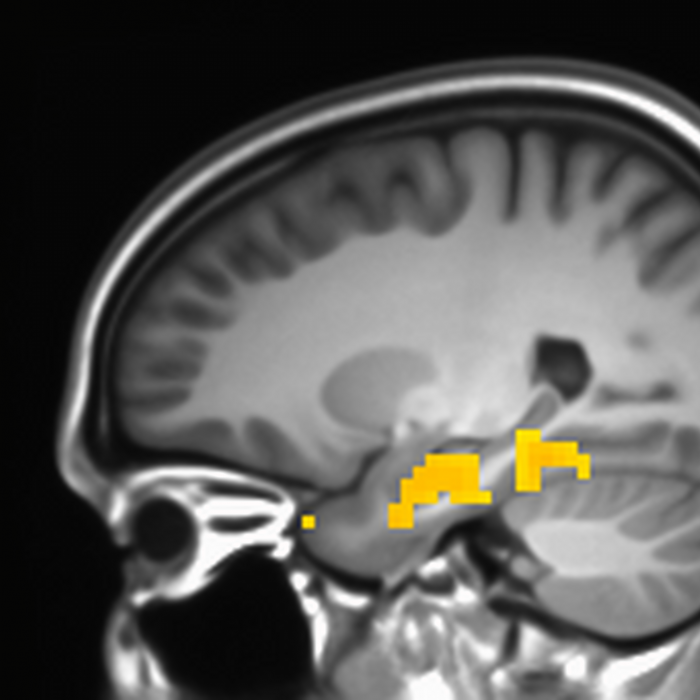Neuroscience Explains Why We Get Hacked So Easily

Companies spend nearly $100 billion on securing computers each year, yet incidents such as ransomware crippling hospitals and personal data leaking online remain common. Anthony Vance thinks that defensive measures could be more effective if we paid more attention to the hardware between our ears.
“Security professionals need to worry not only about attackers but the neurobiology of their users,” said Vance, an associate professor at Brigham Young University, this week at the Enigma security conference in Oakland, California. His lab uses functional MRI scans of people’s brains to reveal the unconscious mechanisms behind the way they perceive—or ignore—security warnings.
One of Vance’s studies led him to collaborate with Google on tests of a new approach to displaying security warnings in the Chrome Web browser that people were less likely to dismiss offhand. Vance says Google's engineers told him they plan to add the feature to an upcoming version of Chrome. Google did not respond to a request for confirmation of when it would be added.
Daniela Olivera, an associate professor at the University of Florida, says such research can help suggest ways to refine the usability of security tools and features—an area many researchers say the industry has tended to overlook. Incidents ranging from common malware infections to high-profile breaches like the DNC one that exposed John Podesta’s e-mails often involve a person making a hasty decision about a warning message or strange e-mail.
Multitasking is partly to blame. Vance’s collaboration with Google grew out of experiments that showed when people reacted to security warnings while also performing another task, brain activity in areas associated with fully engaging with a warning was significantly reduced. People were three times less likely to correctly interpret a message when they reacted to security warnings while also performing another task.
Vance’s lab teamed up with Google to test a version of Chrome modified to deliver warnings about a person’s computer possibly being infected by malware or adware only when they weren’t deeply engaged in something. For example, it would wait until someone finished watching a video, or was waiting for a file to download or upload, to pop up the message.


Brain scans reveal that we’re far more likely to ignore security warnings when we’re engaged in another task.
Testing showed that people using the interruption-sensitive version of Chrome ignored the message only about a third of the time, compared to about 80 percent of the time without it.
Other studies in Vance’s lab have shown that people very rapidly become habituated to security warnings—he’s shown how the brain’s response to a message drops significantly even on just the second time someone sees it.
The researchers also did follow-up experiments in which people were asked to download mobile apps that asked for alarming permissions (for example, “Can delete your photos”). By breaking the usual rules of software design and having the security-related messages change in appearance slightly each time—for example, with different colors—it was possible to reduce the habituation effect.
“This shows the potential to use neuroscience to understand people’s behavior and validate new user interface designs,” said Vance. “Our security UI should be designed to be compatible with the way our brains work.”
Keep Reading
Most Popular
Large language models can do jaw-dropping things. But nobody knows exactly why.
And that's a problem. Figuring it out is one of the biggest scientific puzzles of our time and a crucial step towards controlling more powerful future models.
How scientists traced a mysterious covid case back to six toilets
When wastewater surveillance turns into a hunt for a single infected individual, the ethics get tricky.
The problem with plug-in hybrids? Their drivers.
Plug-in hybrids are often sold as a transition to EVs, but new data from Europe shows we’re still underestimating the emissions they produce.
Stay connected
Get the latest updates from
MIT Technology Review
Discover special offers, top stories, upcoming events, and more.